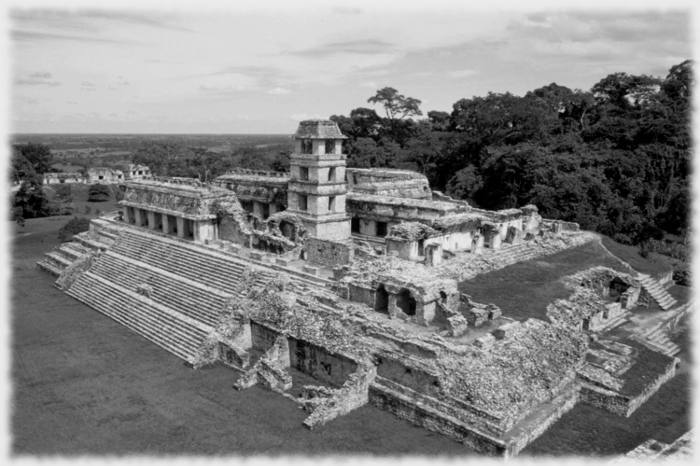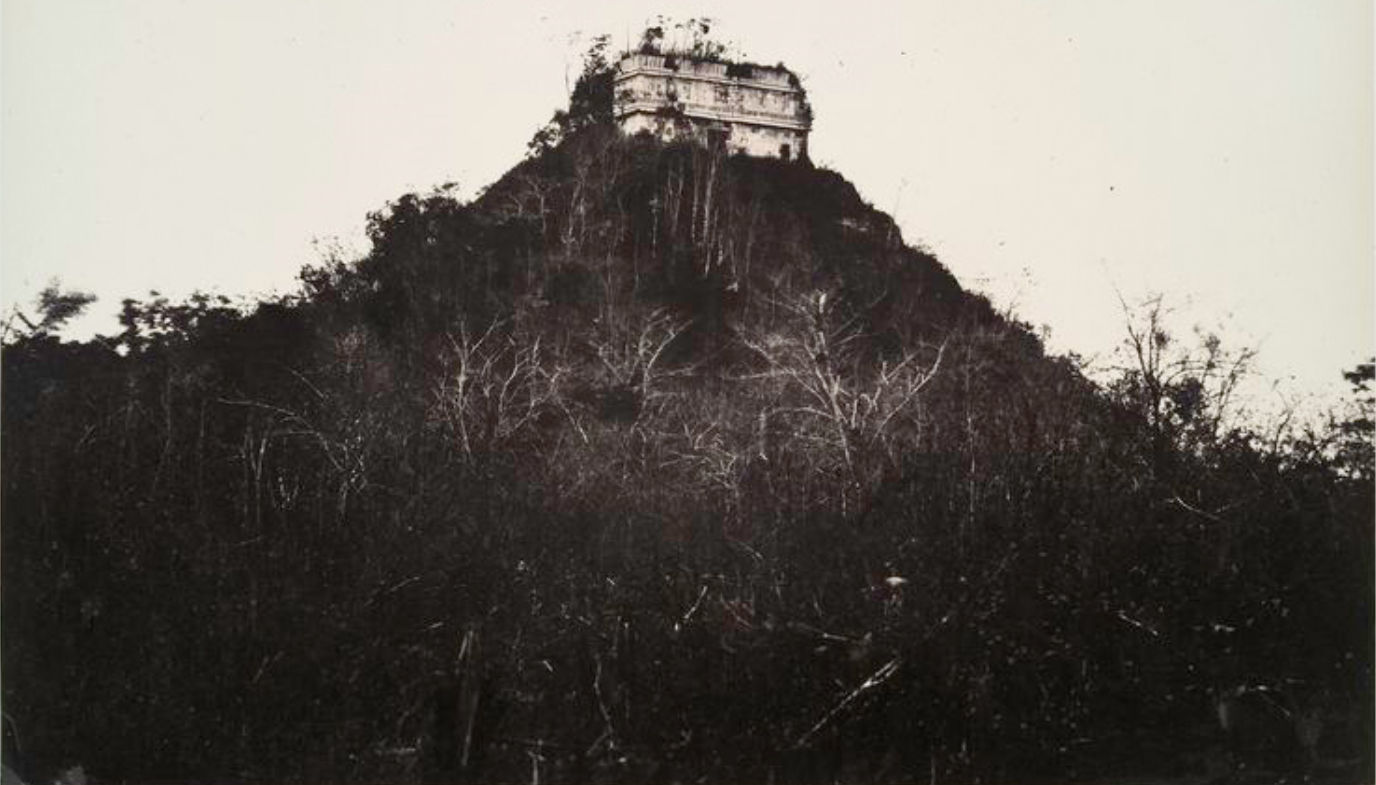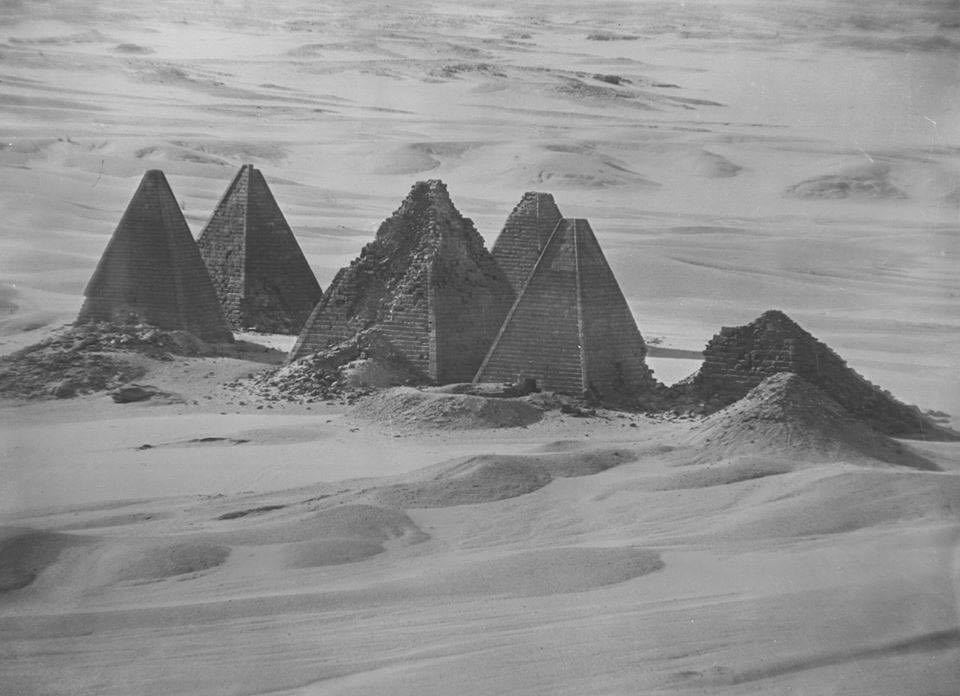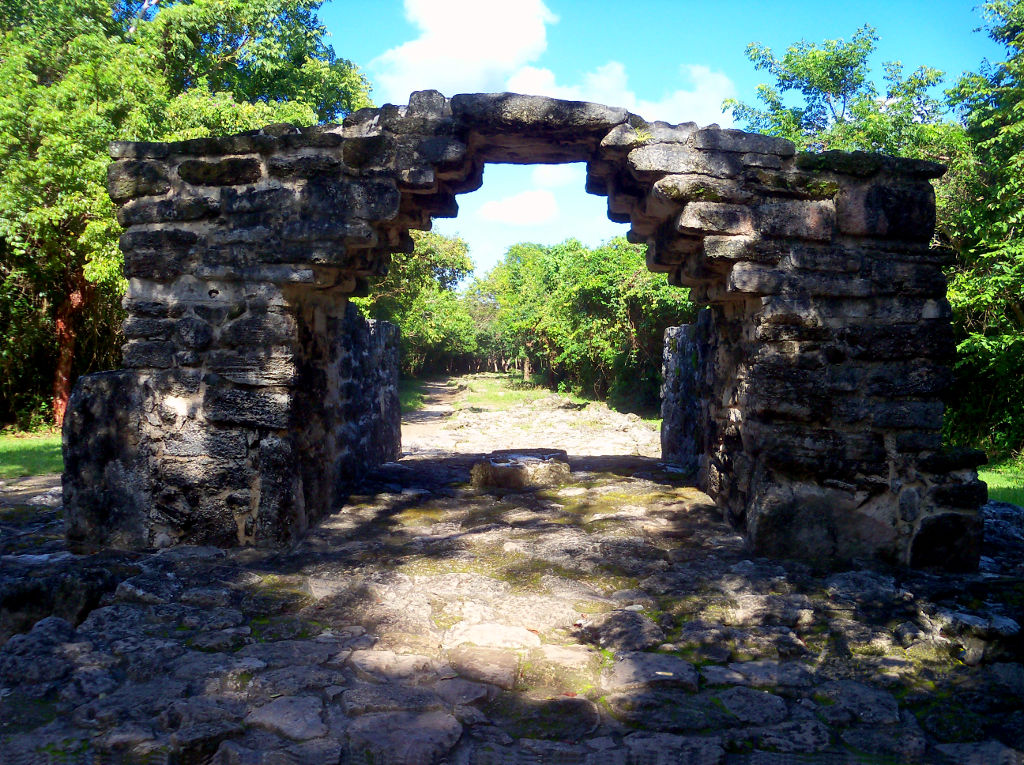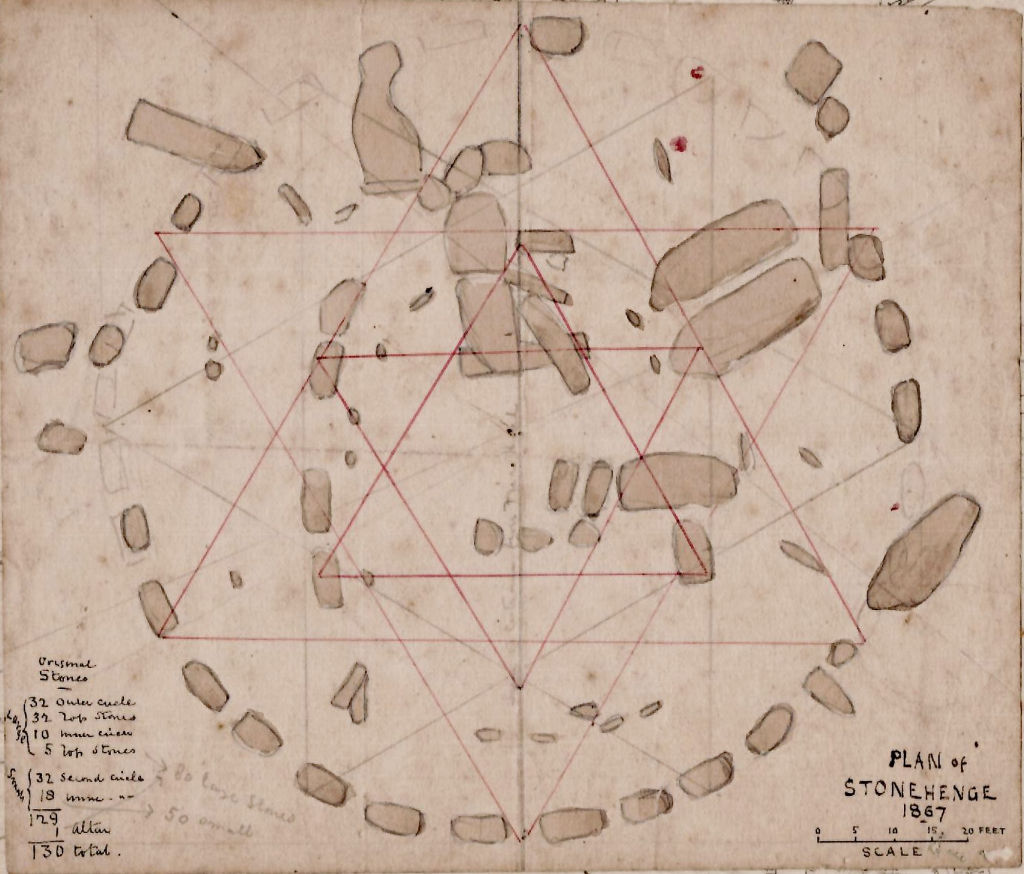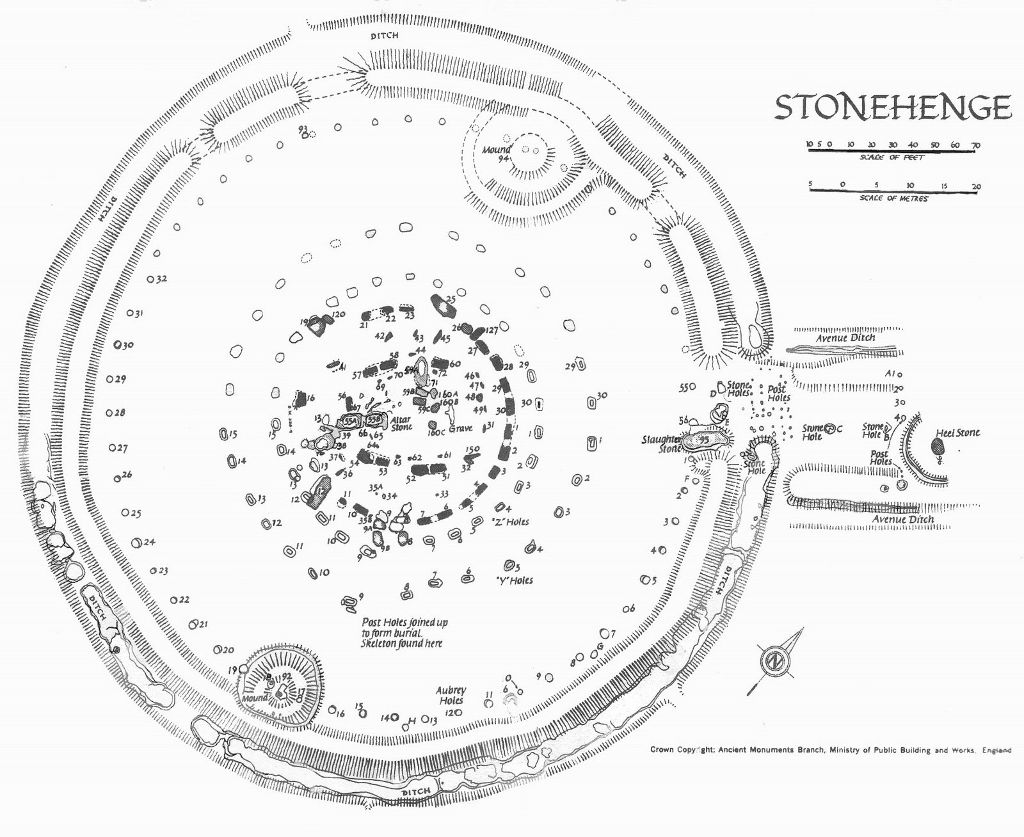The city of Khorsabad was built by King Sargon II, who reigned from 722 to 705 BC, and abandoned when he died in battle.
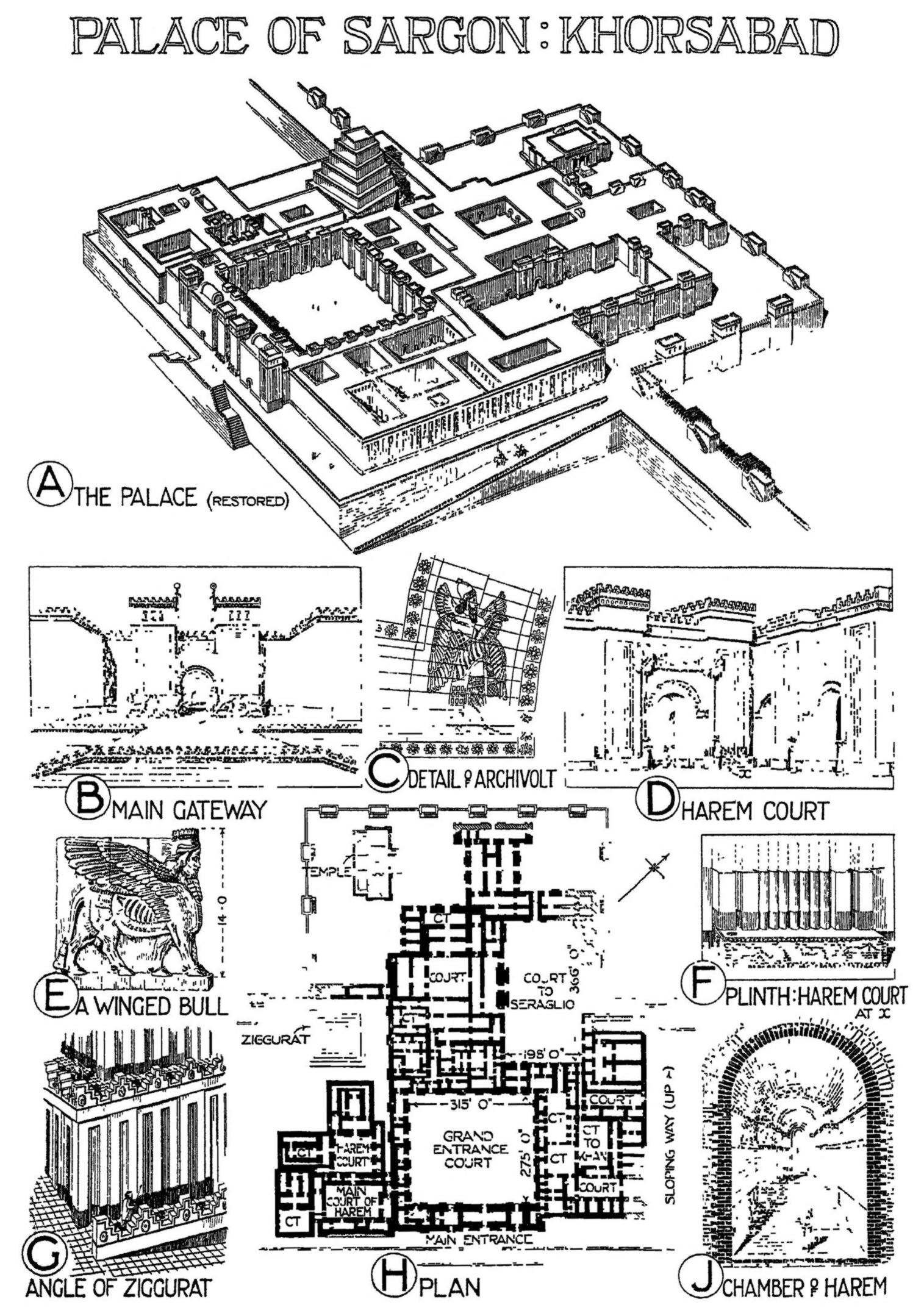 Image from A History Of Artchitecture On The Comprative Method by Sir Fletcher Banister
Image from A History Of Artchitecture On The Comprative Method by Sir Fletcher Banister
Category: Archeology
Exploring the past and learning about lost civilizations is a common pulp trope.
Palace of Palenque
The Palace, Located within the ruins of Palenque (or Lakamha) in southern Mexico is a complex of several connected and adjacent buildings and courtyards. It was built over several generations on a wide artificial terrace during a four century period. The Palace was used by the Mayan aristocracy for bureaucratic functions, entertainment, and ritualistic ceremonies.
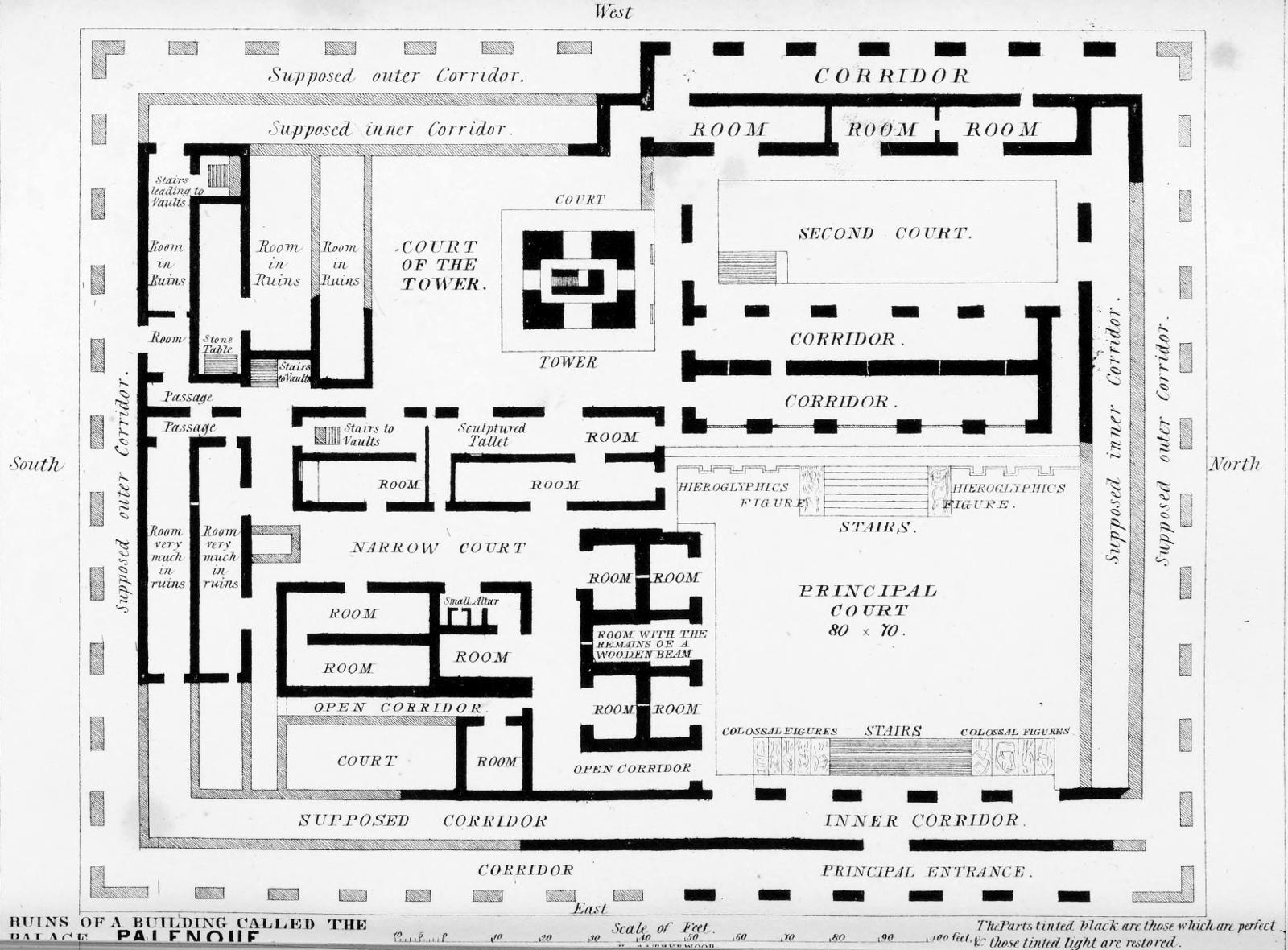 From Incidents of travel in Central America, Chiapas, and Yucatan by John L. Stephens (1805-1852)
From Incidents of travel in Central America, Chiapas, and Yucatan by John L. Stephens (1805-1852)
Great Temple of Ammon : Karnak
The largest religious building ever constructed. The temple of Karnak was known as Ipet-isu—or “most select of places”—by the ancient Egyptians. It is a city of temples built over 2,000 years and dedicated to the Theban triad of Amun, Mut, and Khonsu. (discoveringegypt.com)
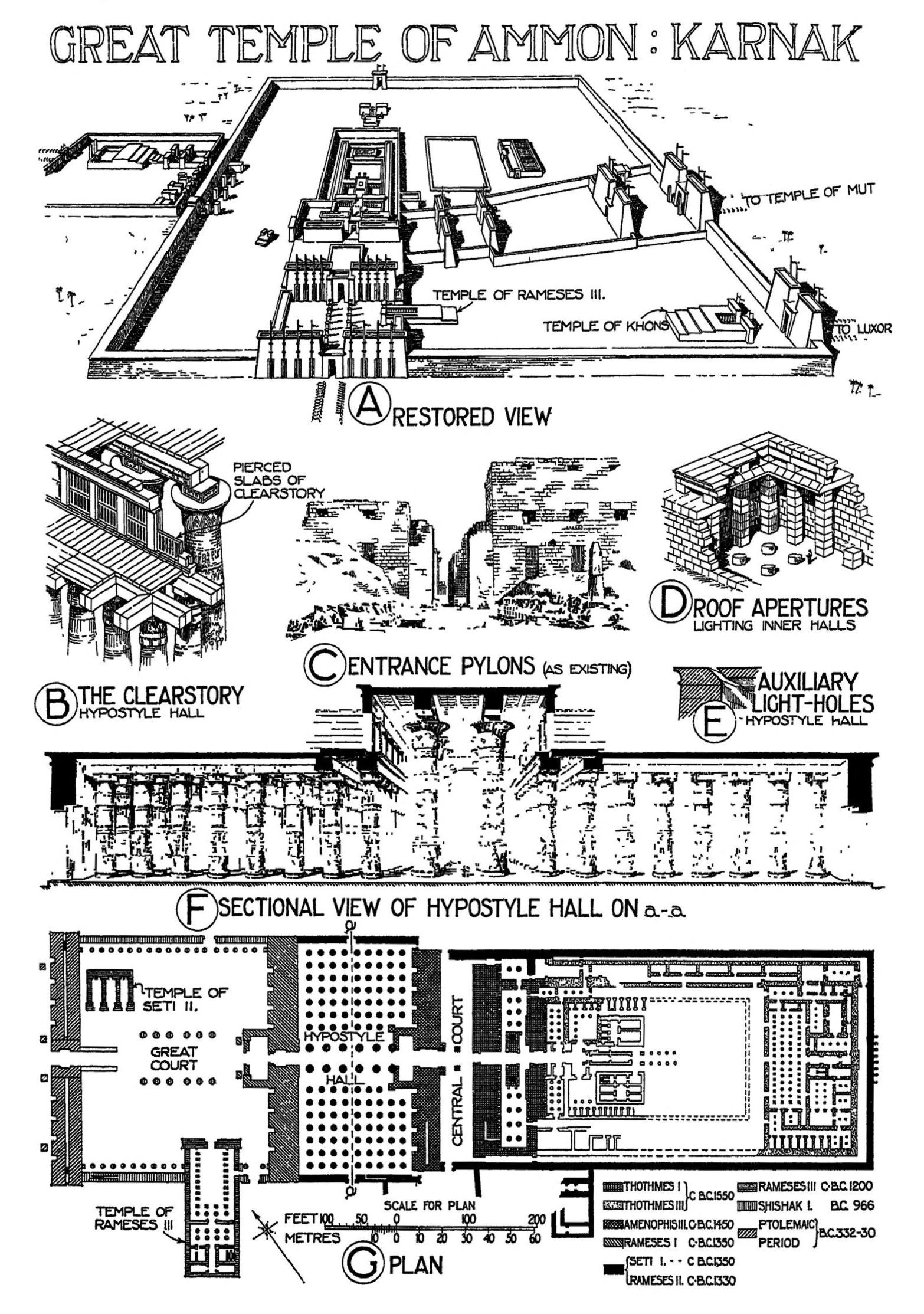
A History Of Artchitecture On The Comprative Method by Sir Fletcher Banister
Lost City of Etzanoa
In the early summer of 1601, Juan de Oñate, a conquistador who helped establish the Spanish colony of New Mexico, set out with 200 soldiers, several cannons, a dozen priests and others, on a search to find Quivira, a fabled city of gold. What he found though was the “most monstrous cattle” (bison), wide open prairie with “grasses so high that in many places they hid a horse” and a settlement on the Arkansas River of more than a thousand large, thatched-roof buildings, scattered among fields of corn, squash, and beans.
This map was drawn in 1602 by a Wichita Indian who was captured by the Spanish, the Lost City is located near present day Arkansas City in southern Kansas.
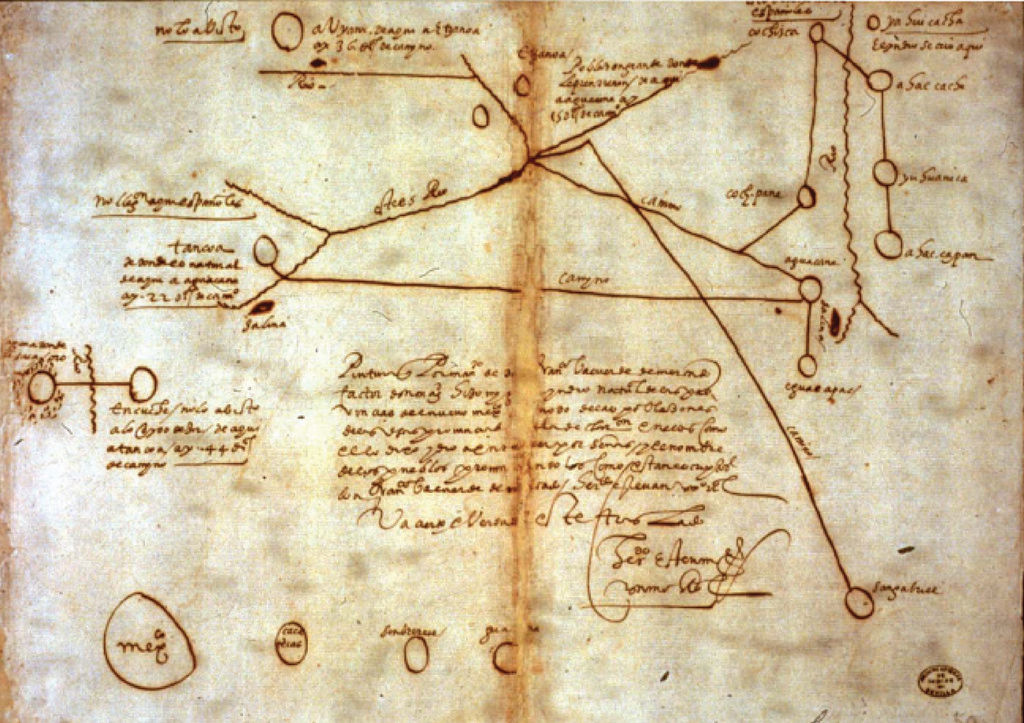
El Castillo, Yucatan, 1860
Nubian Pyramids
San Gervasio, Cozumel
Most Mayan sites were found deep in the interior of their lands, with the exception of structures like Tumba del Caracol, San Gervasio was built roughly two miles from the nearest coast. It is believed that no human sacrifices were made at this location, mostly because there is no evidence of such a practice happening here; no skeletal remains, no artifacts, and no (human) sacrificial alter. Once in their life Mayan women would travel to San Gervasio and offer their sacrifices to Ix Chel, an aged deity of childbirth, and fertility. Like many Mayan sites, there was only one way in and out of San Gervasio. In this case it was through the arch pictured below. A white limestone road was be illuminated by the full moon which would lead travelers to the sacred site, where it is said that on a full moon, the moon appeared over the alter.
Tumba del Caracol, Cozumel
Tumba del Caracol is a Mayan building found on the southern end of Cozumel, erected during the post-classic period. There are a couple of legends concerning the buildings. One is that it functioned as a weather alarm, producing a whistle via conch shells that would precede the arrival of a hurricane, The other is that the building was used to send a pillar of smoke into the air so that travelers could find their way back to the island, the later is more believable because of the Maya ruins found at San Gervasio. Those ruins were believed to be the home of some sort of fertility ritual, those ruins are unique to Mayan culture as there are no signs that any human sacrifices had taken place there.
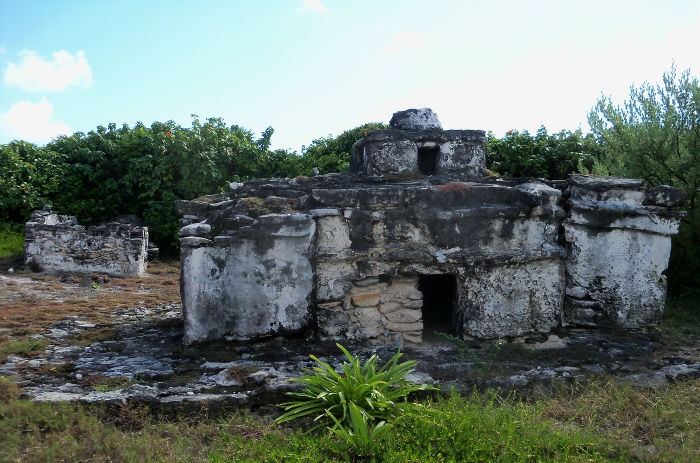
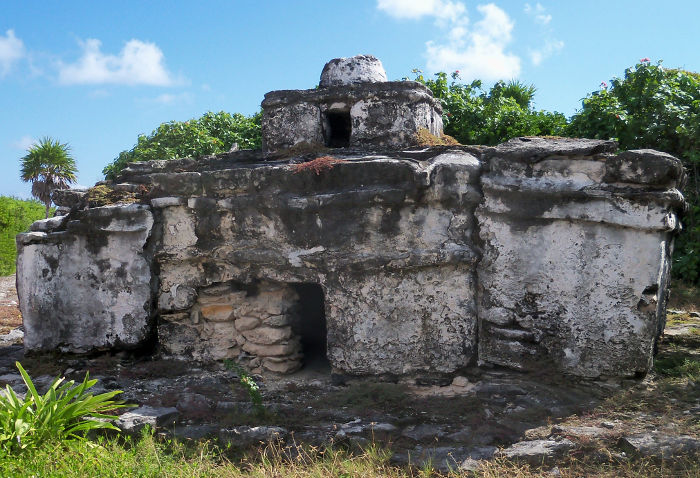
Photos copyright paper-dragon, 2018
Hattuşaş, Hittite Empire
Hattuşaş was the capital of the Hittite empire from 2000 to 1180 BC. Today, impressive double walls, which are situated by the King’s Gate,the Lion Gate, the Sphinx Gate and the Yer Kapi (an underground tunnel), circle its ruins. The largest ruins are those of the great temple of the storm god Tesup.
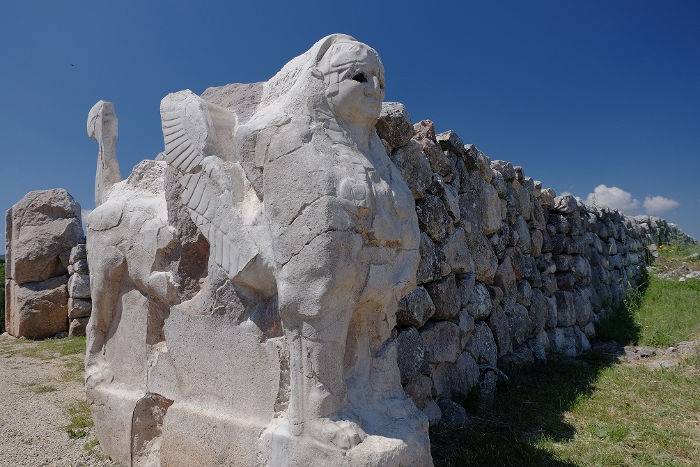 Sphinx Gate – A pair of sphinxes found at the southern gate in Hattusa were taken for restoration to Germany in 1917. The better-preserved sphinx was returned to Istanbul in 1924 and was placed on display in the Istanbul Archaeology Museum, whereas the other remained in Germany and had been on display at the Pergamon Museum since 1934. The pair were finally reunited in 2011.
Sphinx Gate – A pair of sphinxes found at the southern gate in Hattusa were taken for restoration to Germany in 1917. The better-preserved sphinx was returned to Istanbul in 1924 and was placed on display in the Istanbul Archaeology Museum, whereas the other remained in Germany and had been on display at the Pergamon Museum since 1934. The pair were finally reunited in 2011.
(Image: Shutterstock)
Stonehenge, Fall Equinox
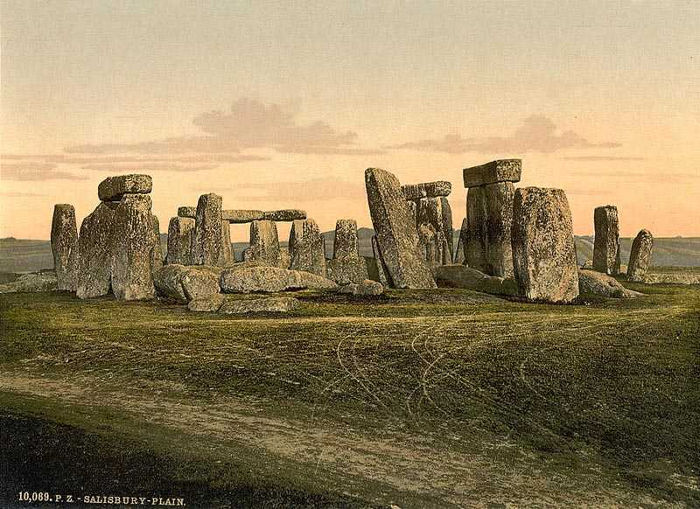 c. 1930s postcard of Stonehenge
c. 1930s postcard of Stonehenge
 Stonehenge on horizon, Wiltshire, Salisbury Plain
Stonehenge on horizon, Wiltshire, Salisbury Plain
More information and the history of Stonehenge can be found here (Wikipedia)
